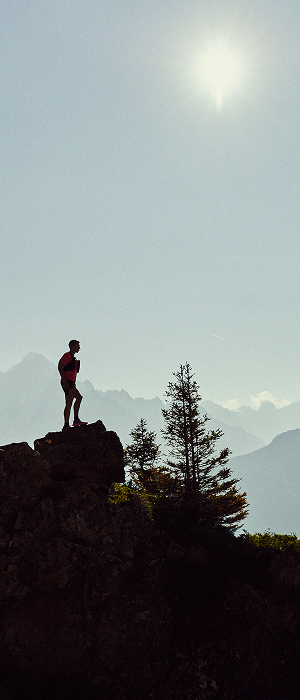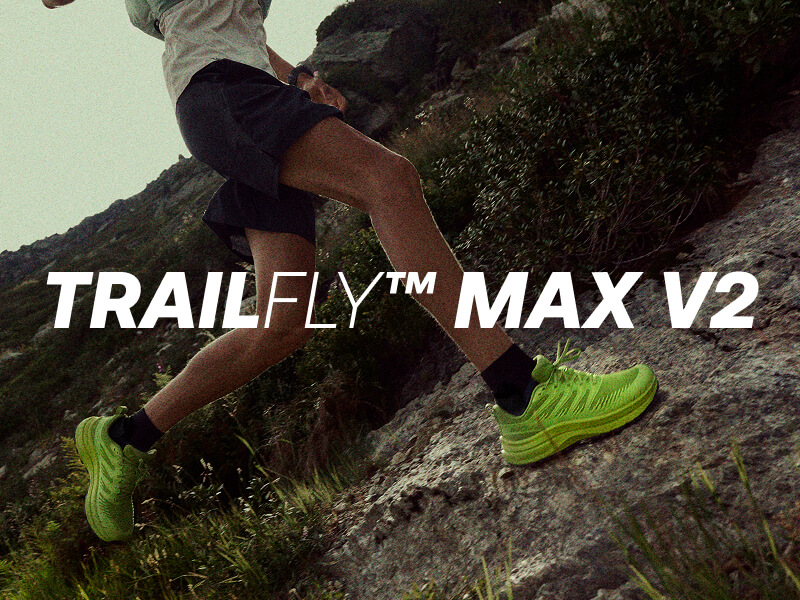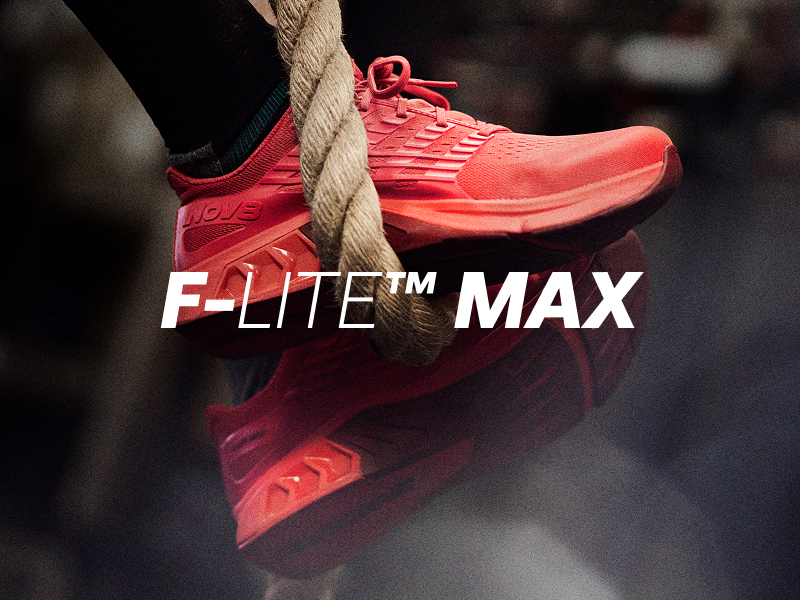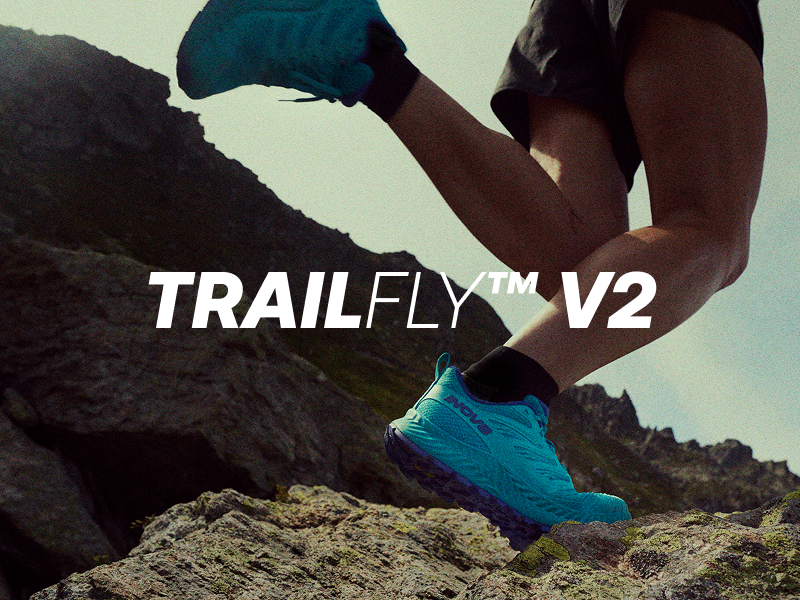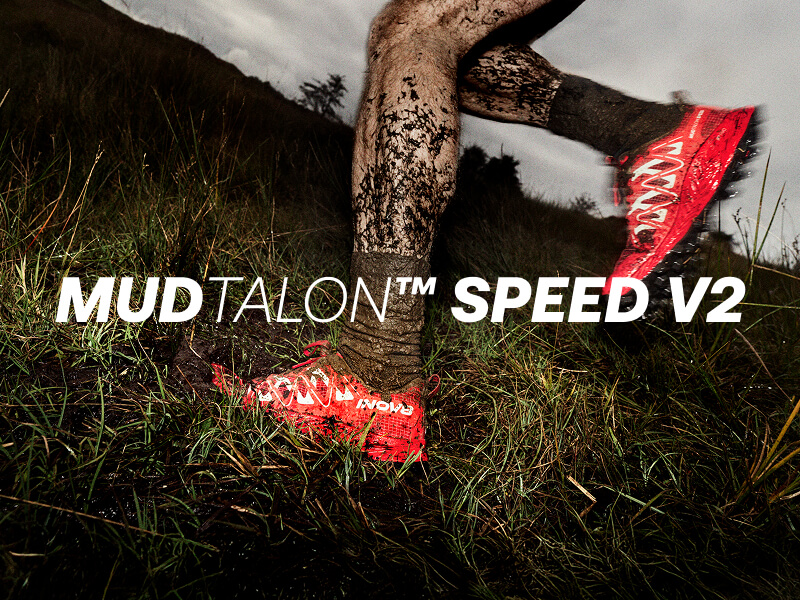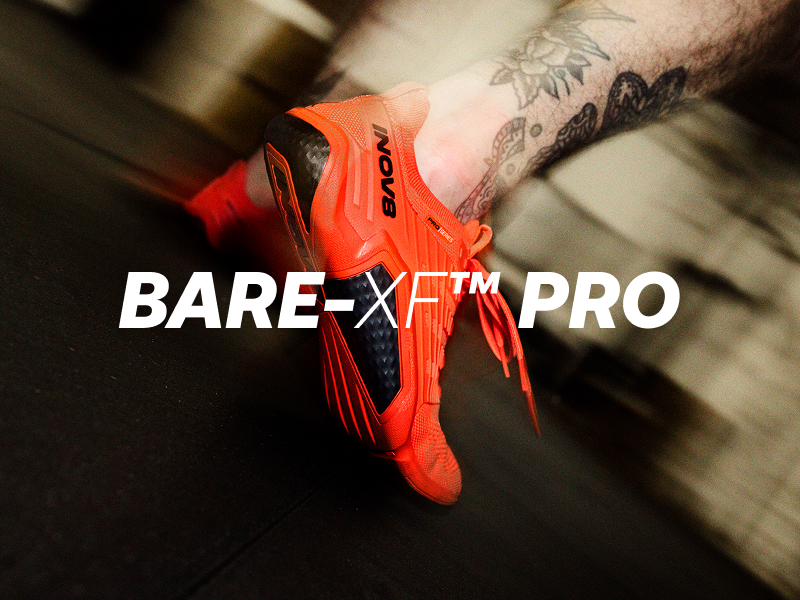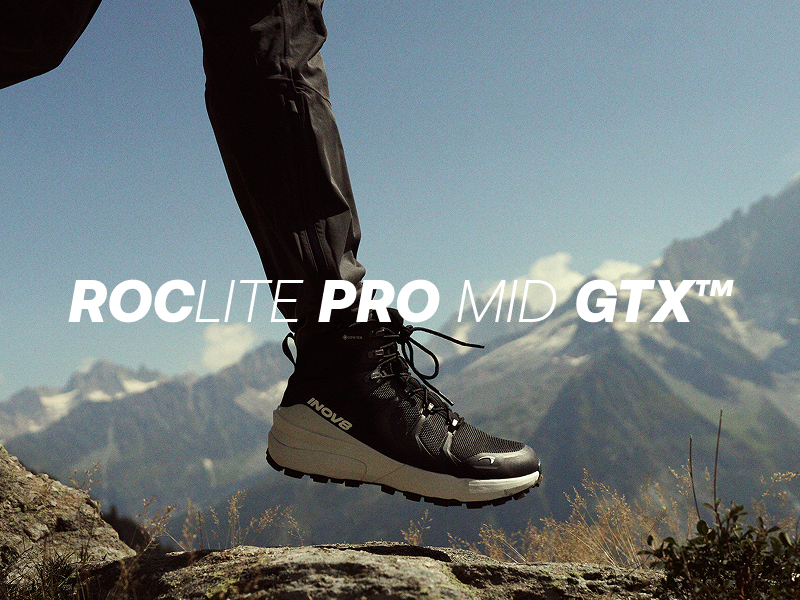
Top trail and mountain runner Eirik Haugsnes provides tips on faster uphill running and walking, as well as revealing the perfect techniques you should adopt when doing both.
In flatter trail, road and athletics races it goes without saying that running is the fastest way to get around the set route. However, when running or racing on some trails – particularly those in mountainous areas – this is not necessarily the case, especially if you have multiple long, demanding ascents to get up.

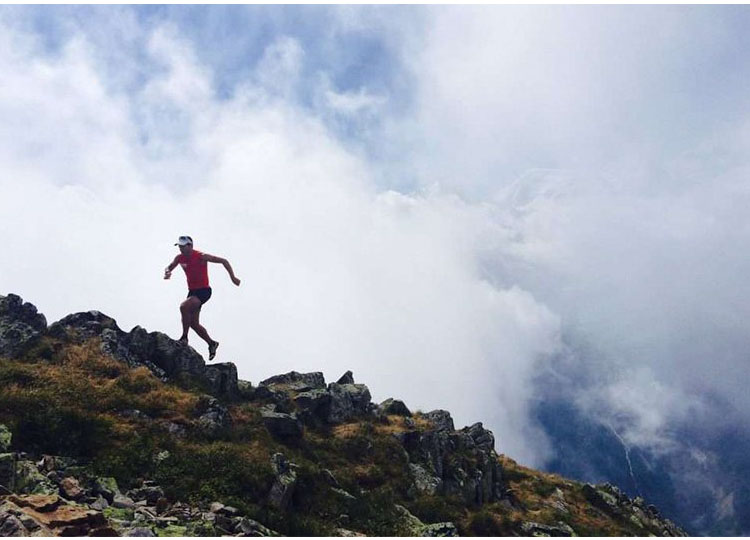
UPHILL REPEATS ...AND EVEN UTILIZING THE TREADMILL
Here are my top five tips for uphill running (I will then go into more depth about four of the most common techniques used in conquering steep uphills.
1. Train your heart and lungs! The best uphill runners are often those that have the strongest hearts and the most efficient lungs.
2. Practice uphill running/walking as often as you can. Specific training is always important. If you don’t have steep climbs close to your home, do repeats on the small climbs you do have or try using the stairs or even a treadmill (most of them can do up to a 15% incline).
3. Find out which technique is the most efficient for you on different kinds of terrain and varying gradients. Practice both running and walking the same climb and time yourself doing so. Are you a faster uphill walker or uphill runner? The only way to find out is by repeating the same hill using both techniques and, of course, a stopwatch.
4. When the climb gets really tough, your lungs will burn and your heart will feel like it’s going to explode. I try to trick my brain by imagining that I have a climbing harness around my waist and that a rope is gently pulling me uphill. Try it and see if it works! It allows you to keep your pelvic high and encourage an efficient stride frequency.
5. Never let any uphill scare you! You should always have respect for the uphills you encounter in a race, but never actually be scared. Stay focused, be patient and channel all your thoughts into your climbing technique. You will get to the top!
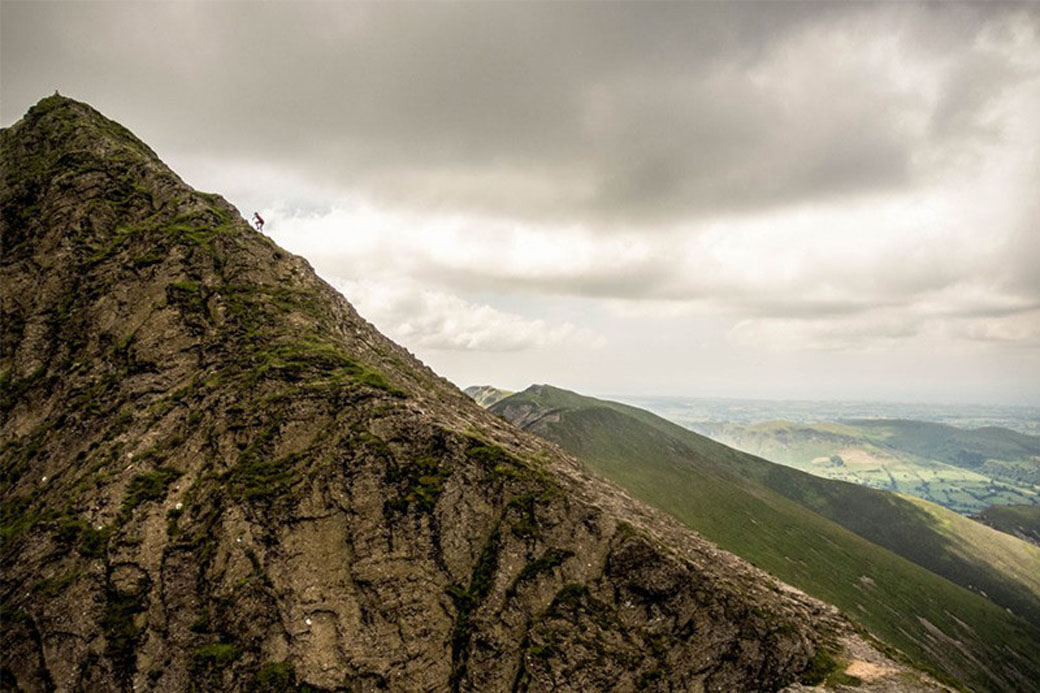
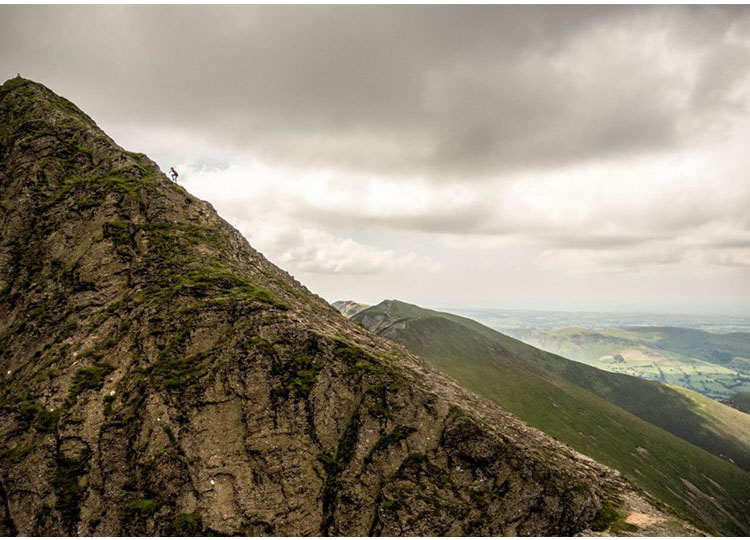
UPHILL RUNNING VS UPHILL WALKING
For some runners the most efficient way up the hill is to run with short, light-footed steps, while others prefer to take long strides and have their arms swinging back and forth.
If you stand and watch from the steepest point in a race you are guaranteed to see several different techniques in use. It’s impossible to say that one technique is more efficient than the other for all runners. The important thing is finding the technique that best suits your body and physical capabilities, while obviously taking into consideration the gradient of the slope and the type of terrain underfoot. Find your strengths and weaknesses and also, if you can, recce the course you are going to race over.
If you are running in a race where the trail is so steep that you are forced to walk most of the time… then it is no use having only trained to run on gentle slopes! You need to practice your walking technique in training and tweak it until you feel it works best for you.
I have chosen to go into more depth about four different techniques used when going uphill in a mountain race: 1) running, 2) hiking/ski-walking, 3) walking with hands on thighs or knees, 4) walking with poles (in races where poles are allowed). *Editor’s note – All drawings below were created by Eirik.
1. RUNNING
If you can manage to keep running this is often is the quickest way to get to the top… but it’s also the most demanding! On the longest of climbs you often find it is only the elite runners that can keep running efficiently to the summit.

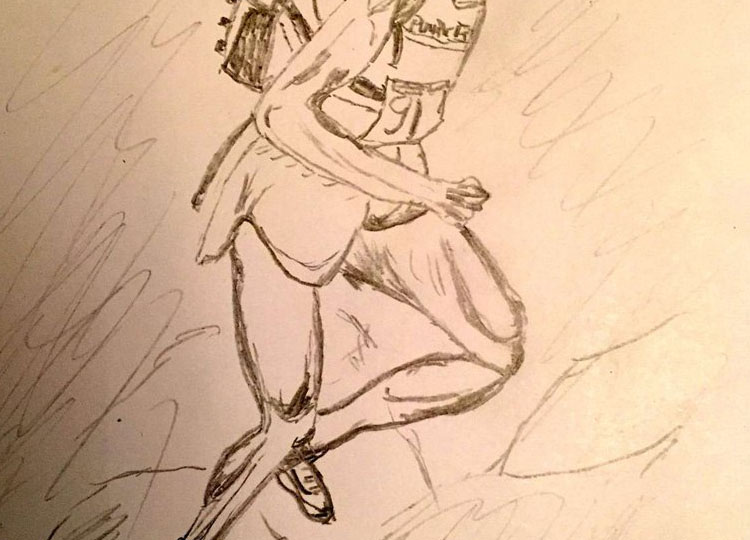
* Land on your forefoot
* Keep your pelvis high
* Lower your shoulders
* Try to look upward
Tip: Imagine that you have a climbing harness around your waist and that a rope is gently pulling you uphill.
2. HIKING/SKI-WALKING
When running becomes too difficult, there are many who swear to using different hiking techniques as an able substitute. Cross-country skiers often use this technique very well. In Norway we call it ski-walking. You walk with long steps and swing your arms back and forward to propel your body forwards and upwards.
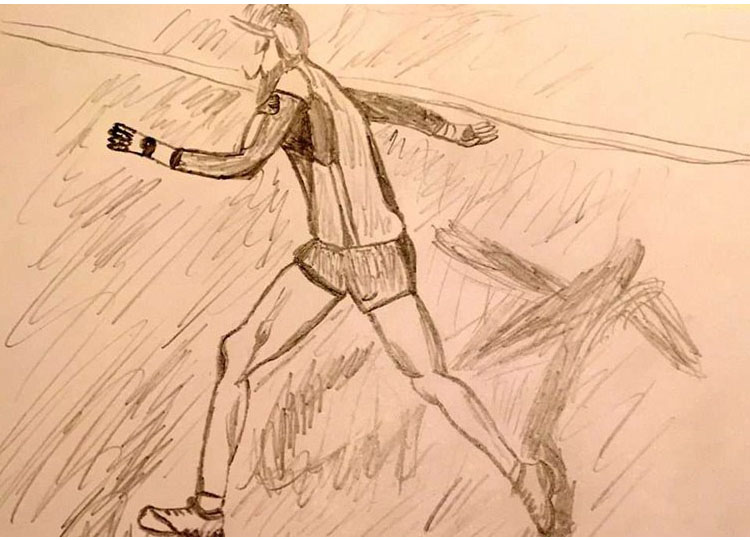

* Longer steps
* Strong arm swing
* Keep hips high
* Body falls forward
* Roll over foot (heel down first)
* Try to look upward
3. WALK WITH HANDS ON THIGHS OR KNEES
This technique is both effective and energy-efficient and is the most used technique in long races with multiple climbs (when not using poles). By moving this way you use your arms to push down on your knees and thighs. This gives you some extra power to push down towards the ground and therefore more power to propel forwards. Lean your upper body forward – getting into this position makes it easier to take in deep breaths.
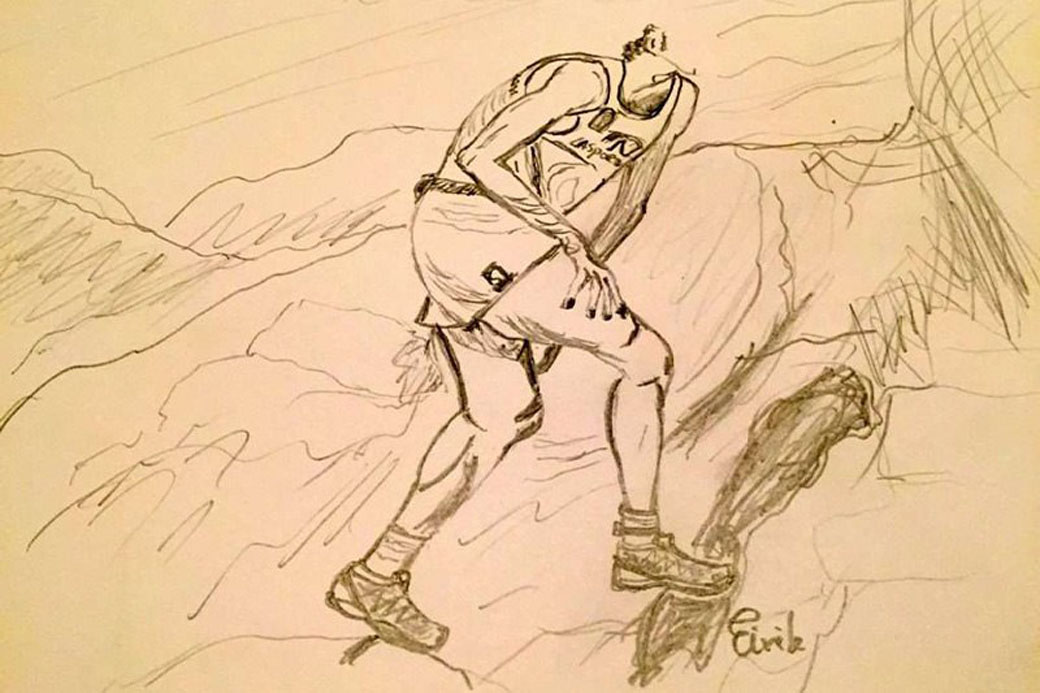
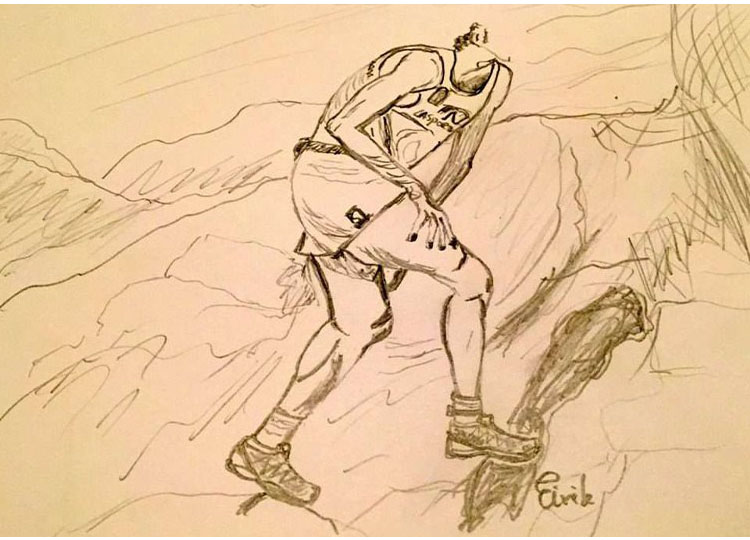
4. WALKING WITH POLES
In the steepest vertical km races across Europe it’s normal to have an incline of more than 1,000m (330 feet) with a race course length of only 2 to 5 kilometres… for example, up a ski slope! The terrain is often loose so in these types of races short poles can provide a real advantage. Vertical km race specialists and many ski-mountaineers have learned this technique to perfection. Walking uphill with poles is also the preferred technique in long ultra trail races such as Ultra-Trail du Mont-Blanc.
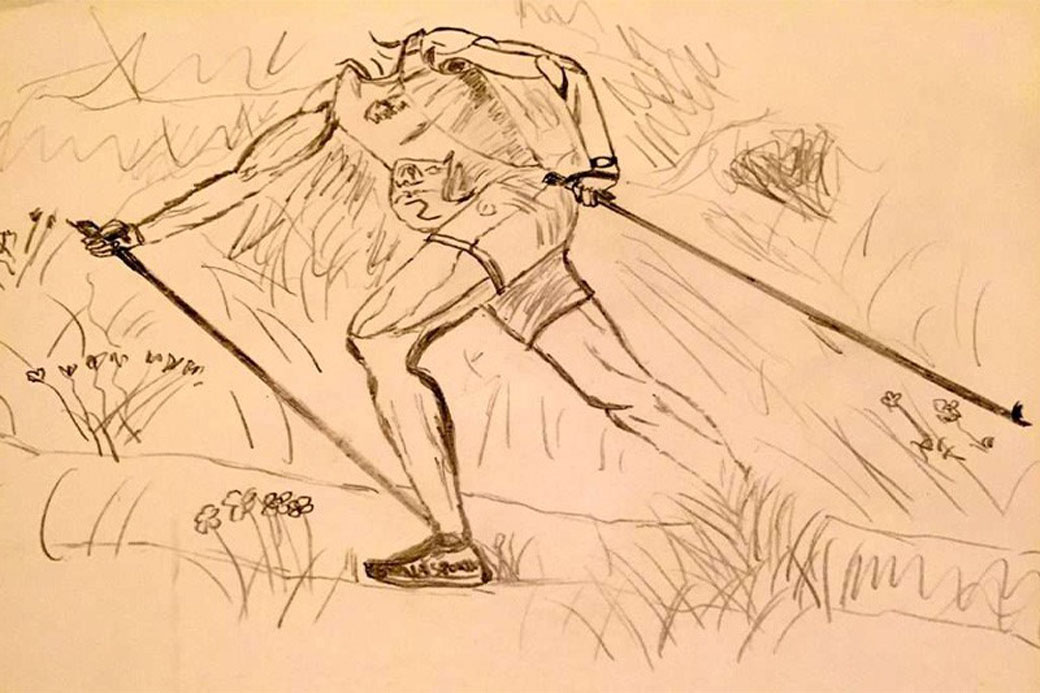
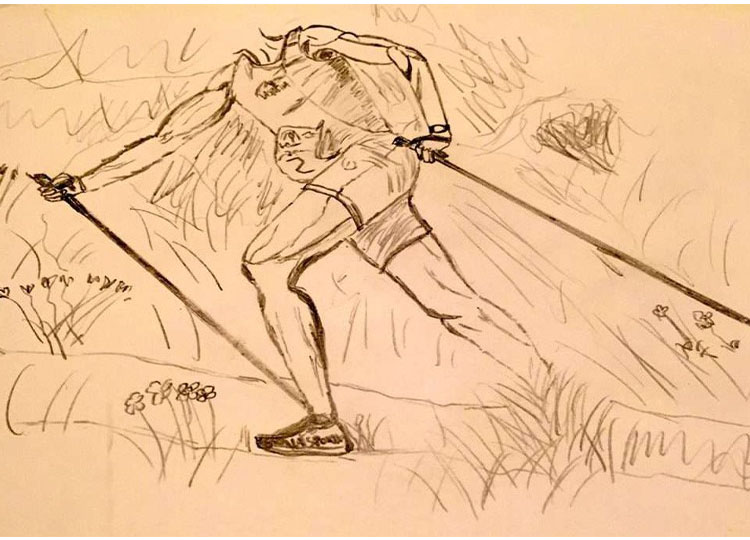
* Active use of arms (diagonal or double)
* Take longer strides
* Keep pelvis high
* Upper body falls forward
* Keep shoulders low
* Vision should be directed uphill
